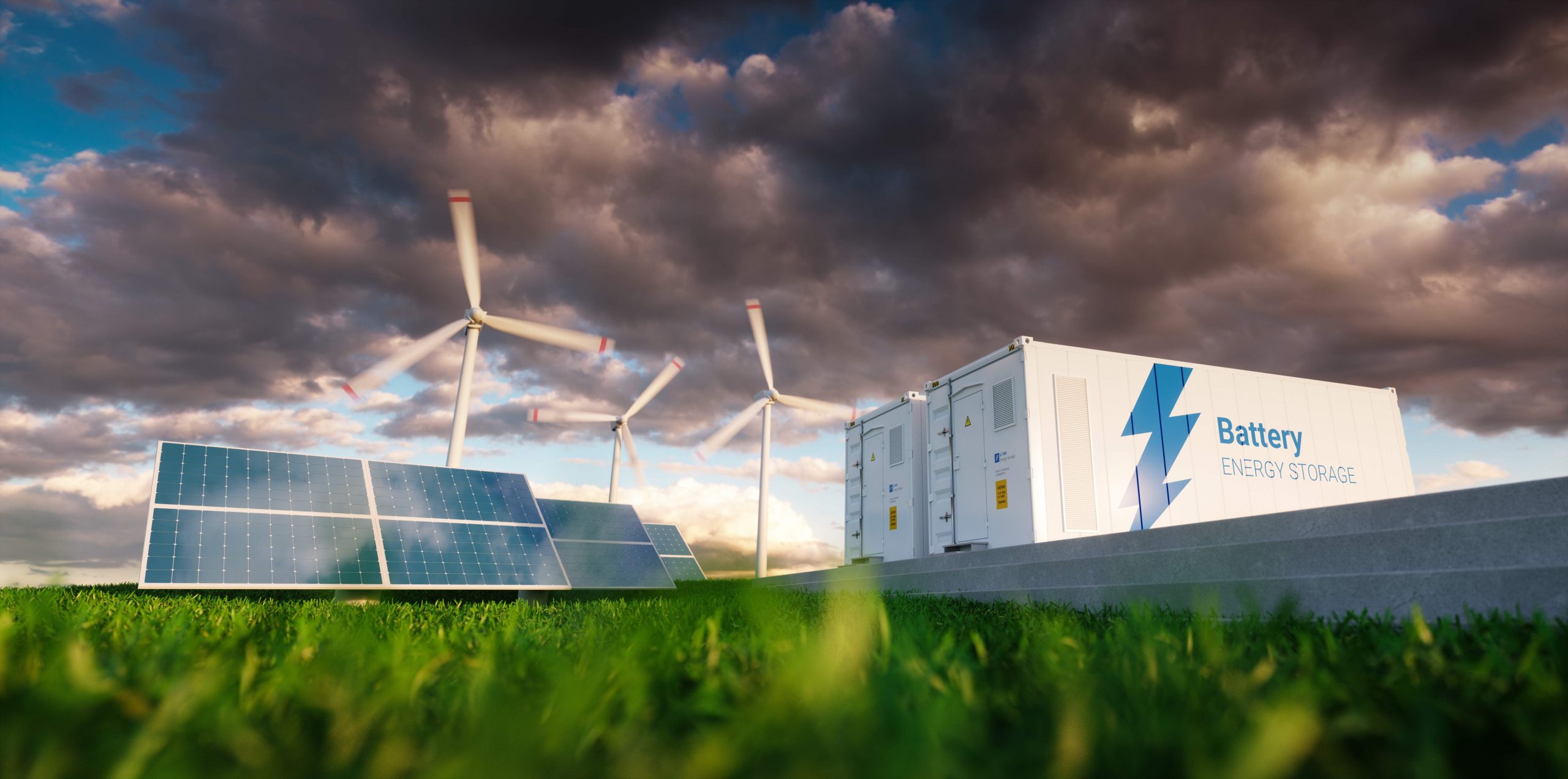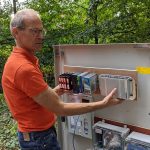
Testing the coordinated use of flex services
Put flexibility services for end users into practice on a large scale
Technolution Spark and Phase to Phase are the first to put flexibility services for end users into practice on a large scale. Can the use of flex services really alleviate grid load? Are the results sufficient to make grid reinforcement unnecessary? And how can flexibilization be realized technically? The new GO-e consortium is the first in the Netherlands to test the coordinated use of flex services in several residential areas and in a large distribution center. In addition to Technolution Spark and Phase to Phase, the Dutch regional grid operators Alliander, Enexis and Stedin are also part of the consortium.
Flexibilization of electricity as the alternative for power grid reinforcement
More flexible electricity consumption is often regarded as an alternative to grid reinforcement. Variations in the time or rate of consumption and in the generation or surplus feed-in of electricity make it possible to reduce grid load at peak moments. GO-e flex services permit companies to supply power automatically stored in their vehicle or forklift fleet to their electricity supplier. Or consumers can adapt their electric vehicle charging cycle or their heat pump cycle of use to the current status of the power grid. This helps energy suppliers and grid operators to make better use of decentralized sources of energy and to reduce peak load for medium- and low-voltage grids.
Open standard for the Home Energy Management System
Together with its consortium partners, Technolution Spark is designing the common architecture for the open and interoperable Home Energy Management Systems (HEMS). This architecture facilitates accessible and reliable communication with household devices for the large-scale use of flexibility services. The consumer decides how, and under what circumstances devices will respond to requests by service providers, energy suppliers or the grid operator.
Detecting power grid congestion in advance
Technolution Spark is also developing the technology that makes it possible to locally monitor the functioning of the electricity grid and medium-voltage stations. An edge computer in the medium-voltage station collects and processes all sensor data. The edge computer thus detects congestion in advance and can then take automatic action – for instance by communicating with locally connected intelligent devices such as public electric vehicle charging stations, or with the central back offices of the regional grid operators.
Calculating flexible power consumption
Phase to Phase, which is a subsidiary of Technolution, focuses on the calculating models used to calculate and predict power grid congestion. The models are used for the live monitoring of grid load and to recommend sets of measures to prevent acute congestion. In addition, the calculating models are used to simulate the impact of the coordinated use of flex services for the benefit of grid capacity planning.
Flexible energy consumption in practice
The success of flexibilization of energy consumption depends on the number of participating end users and on the impact that coordinated use has. The end user – both consumers and commercial clients – are at the heart of this. This is why the consortium is testing the technology in living labs. Such labs have been set up in three Dutch residential estates in Houten, Heeten and Loenen (Veluwe), and a fourth lab in a distribution center of a leading supermarket group. The consortium is testing flexibility with electric trucks in this lab.



